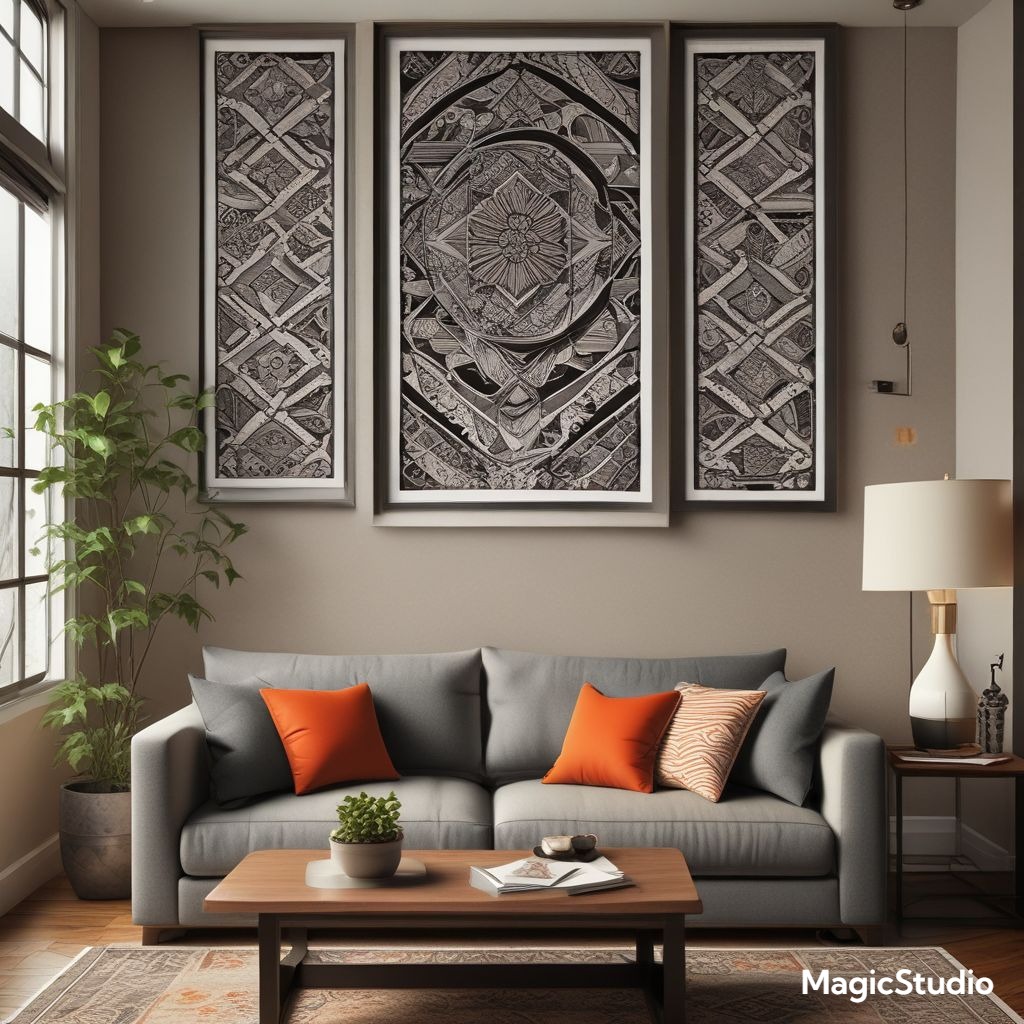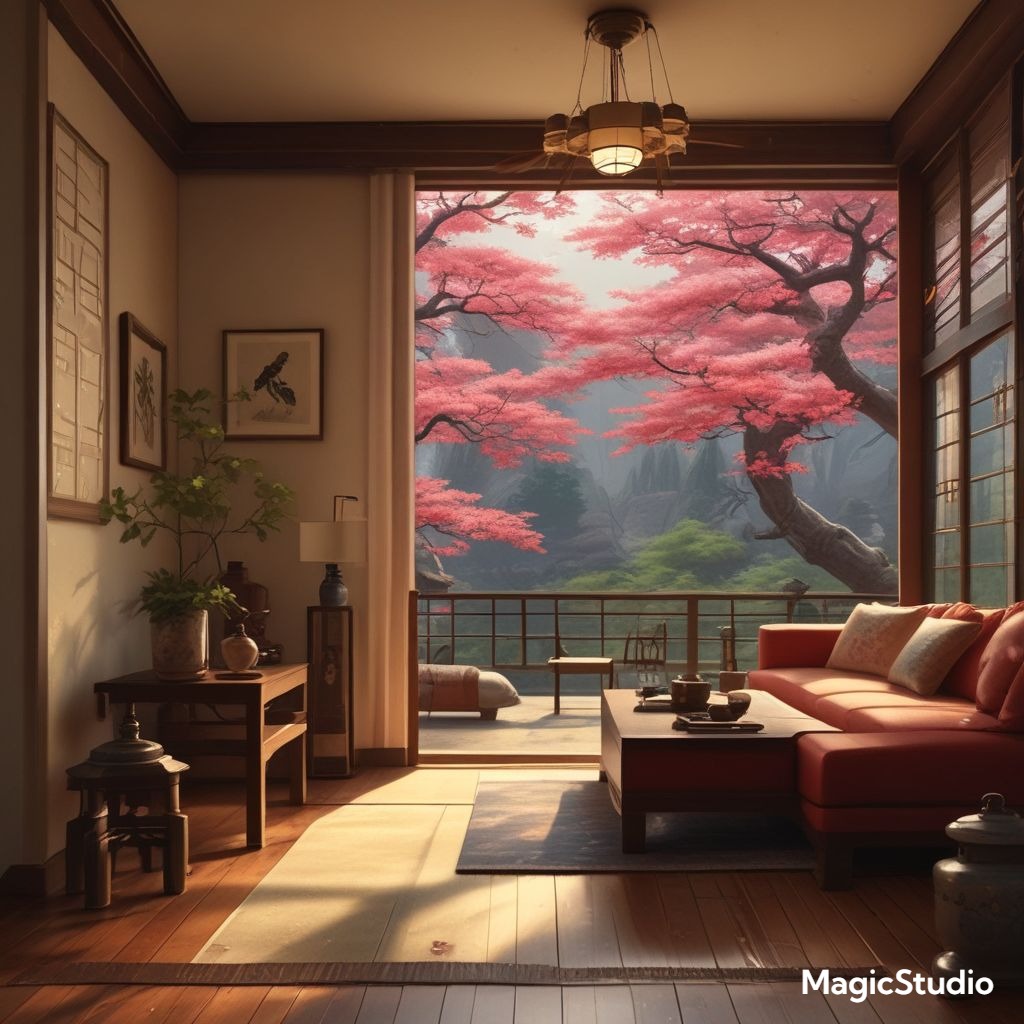Incorporating Japanese design elements into your living room can create a serene, minimalist, and visually appealing space. This style emphasizes natural materials, clean lines, and a focus on functionality, bringing a sense of tranquility to your home. Whether you’re drawn to the traditional aesthetics of Zen gardens or the modern elegance of contemporary Japanese design, there are countless ways to infuse your living room with Japanese style. Here are some ideas for creating a welcoming and authentic Japanese atmosphere:
Bamboo and Wood Accents
Introduce natural textures and warmth with bamboo and wood accents. Consider a bamboo coffee table or a wood floor with a natural finish. Bamboo blinds or woven screens add a touch of traditional Japanese design and provide privacy. Incorporate wood sculptures or carvings for a touch of artistry. In the US and EU, incorporating sustainable materials like bamboo and wood aligns with the growing trend towards eco-conscious design.
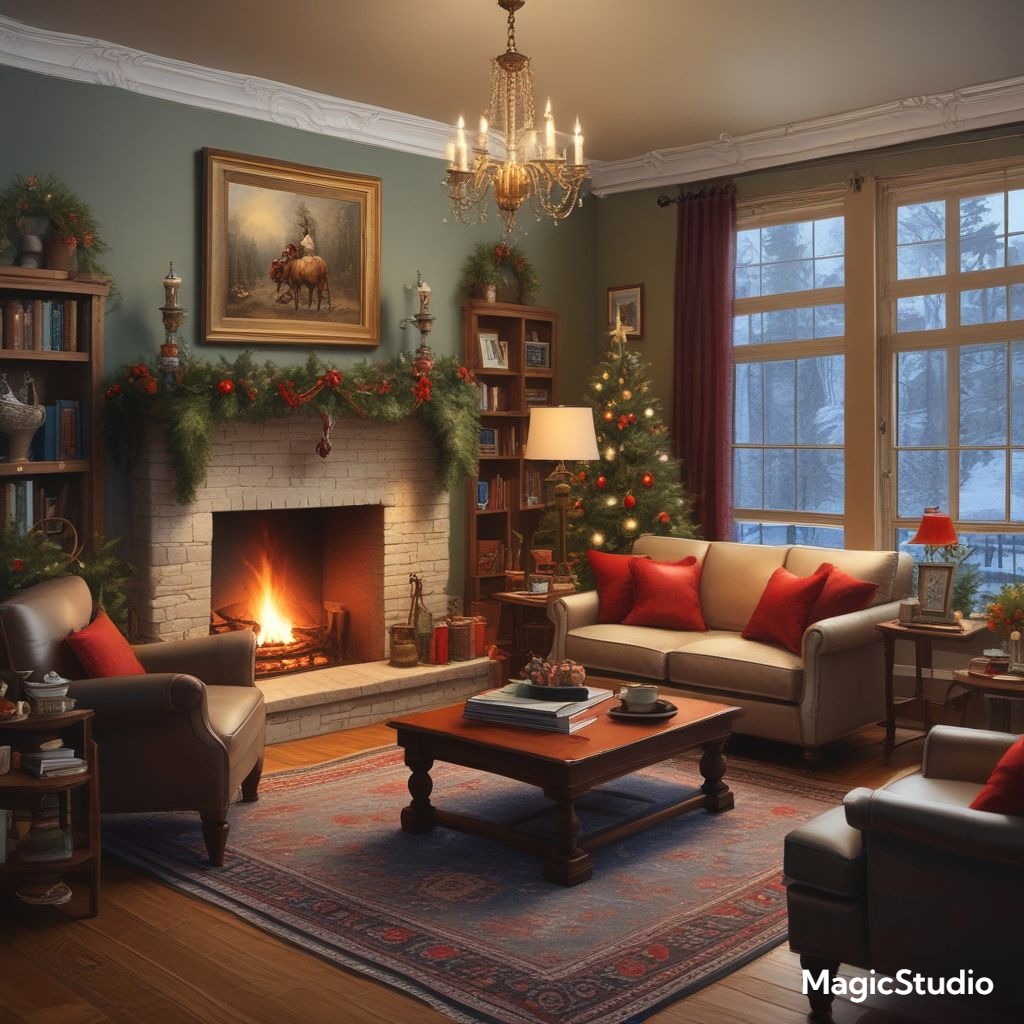
Minimalist Furniture
Embrace the Japanese philosophy of “less is more” by opting for minimalist furniture. Choose pieces with clean lines, simple forms, and neutral colors. A low, wooden coffee table with a tatami mat cushion or a simple futon sofa can create a serene ambiance. Choose furniture with a purpose and avoid clutter. This minimalist approach aligns with the popular trend in both US and EU design for decluttering and creating serene spaces.
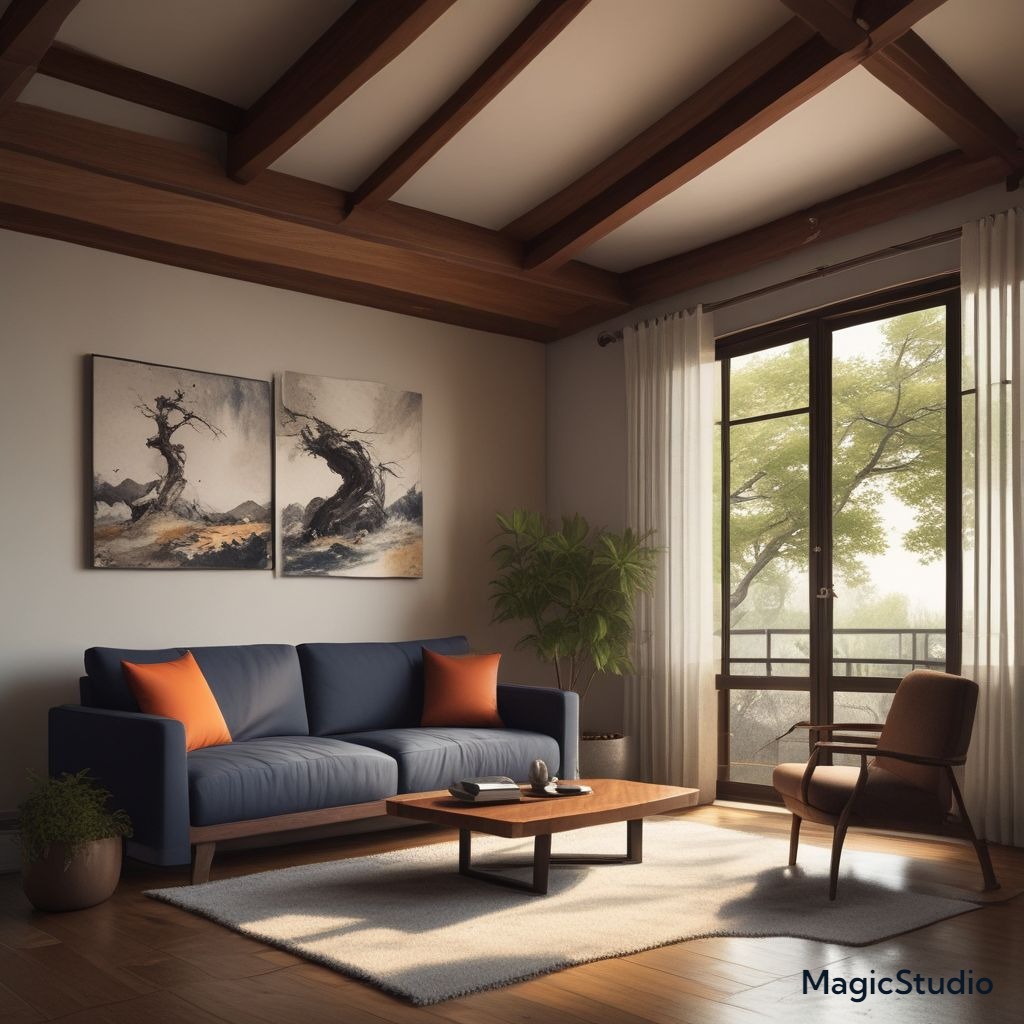
Tatami Mats
Tatami mats are a quintessential element of Japanese design and bring a traditional touch to any living room. Their natural straw texture creates a warm and welcoming atmosphere. Use them as floor coverings or as a base for cushions and low seating. Tatami mats can be arranged in a variety of patterns to create visual interest and are becoming increasingly popular in US and EU homes for their natural appeal and comfort.
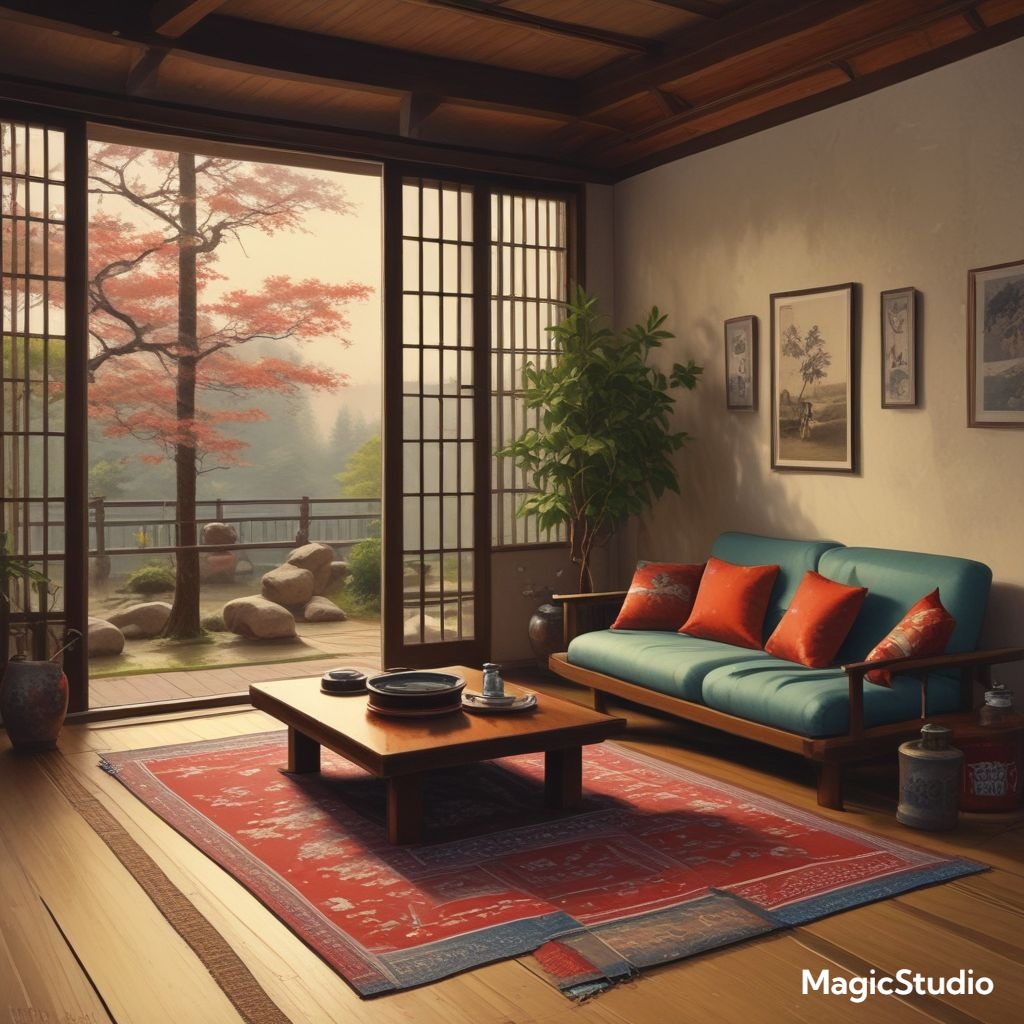
Shoji Screens
Shoji screens, traditional Japanese sliding doors made of translucent paper and wood frames, add a touch of elegance and privacy to any living room. They can be used to divide the space, create a focal point, or provide a decorative element. Shoji screens offer a soft, diffused light and create a sense of serenity. They are becoming a popular design element in both US and EU homes, especially in modern and contemporary interiors.
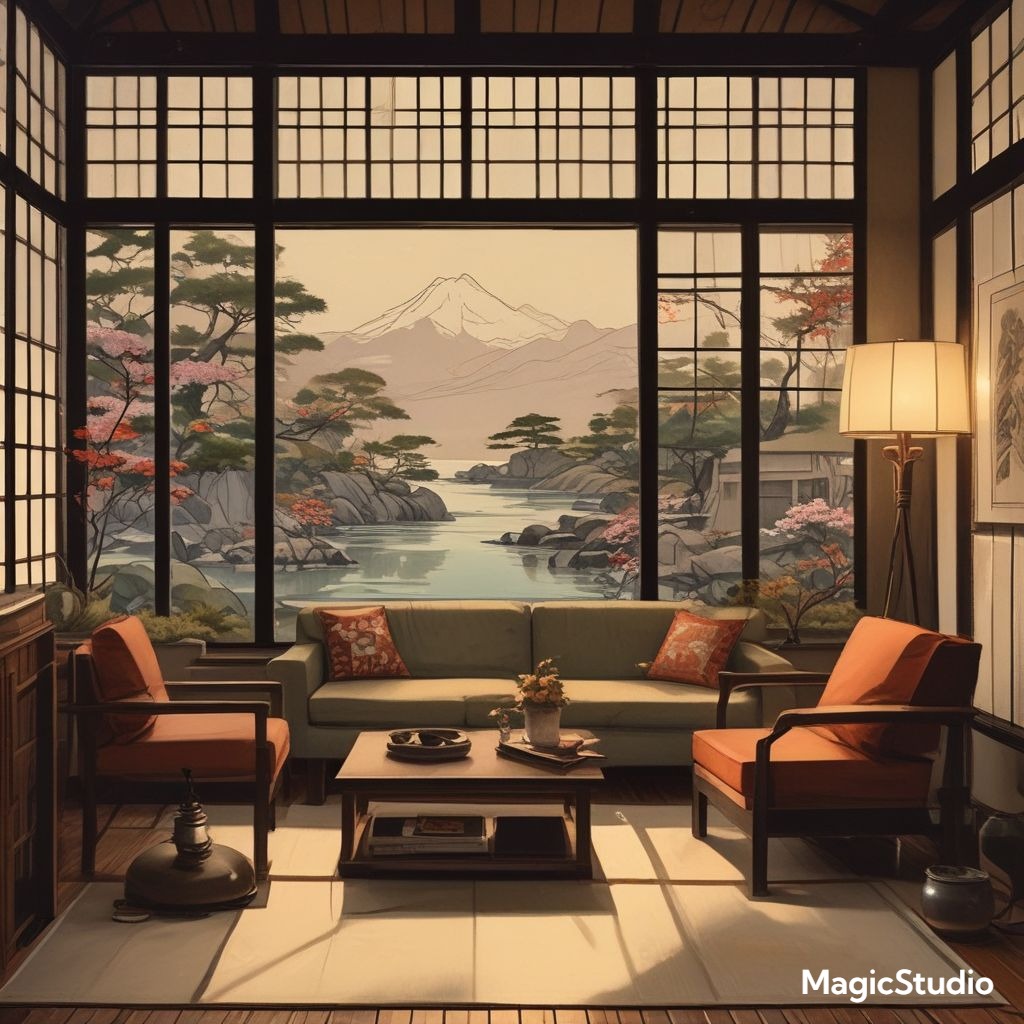
Zen Garden Inspiration
Incorporate elements inspired by Zen gardens, known for their tranquility and mindfulness. A small rock garden with sand, stones, and miniature trees can create a focal point and bring the outdoors in. Use a minimalist water feature like a small fountain or a pebble pond to add a calming sound. These elements bring a touch of Japanese serenity to your living room and align with the growing trend for biophilic design in both US and EU homes.
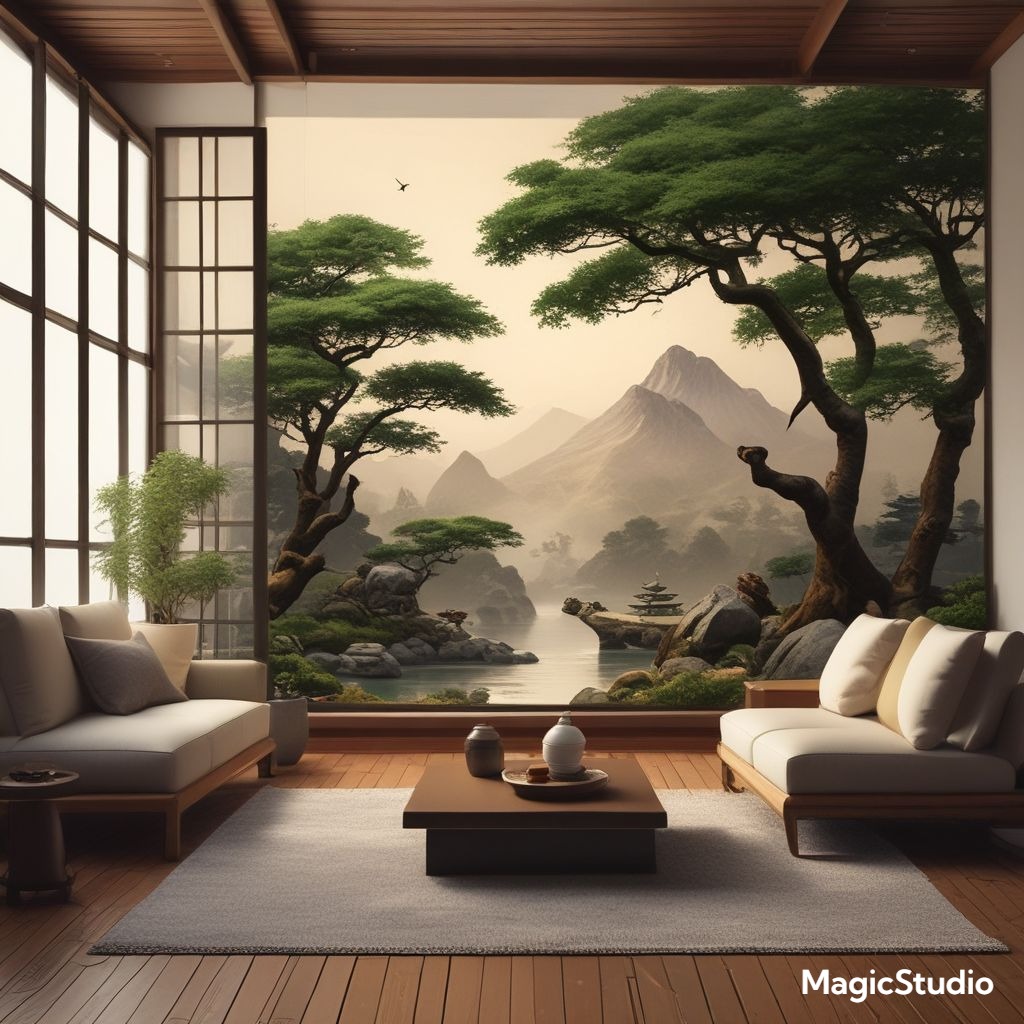
Neutral Color Palette
A neutral color palette is essential for creating a serene and minimalist Japanese living room. Opt for shades of white, gray, beige, and brown. You can add pops of color with accent pillows, throws, or artwork. This color palette complements the natural textures of bamboo, wood, and tatami mats. The focus on neutral colors is in line with the minimalist design trends in the US and EU, emphasizing simplicity and elegance.
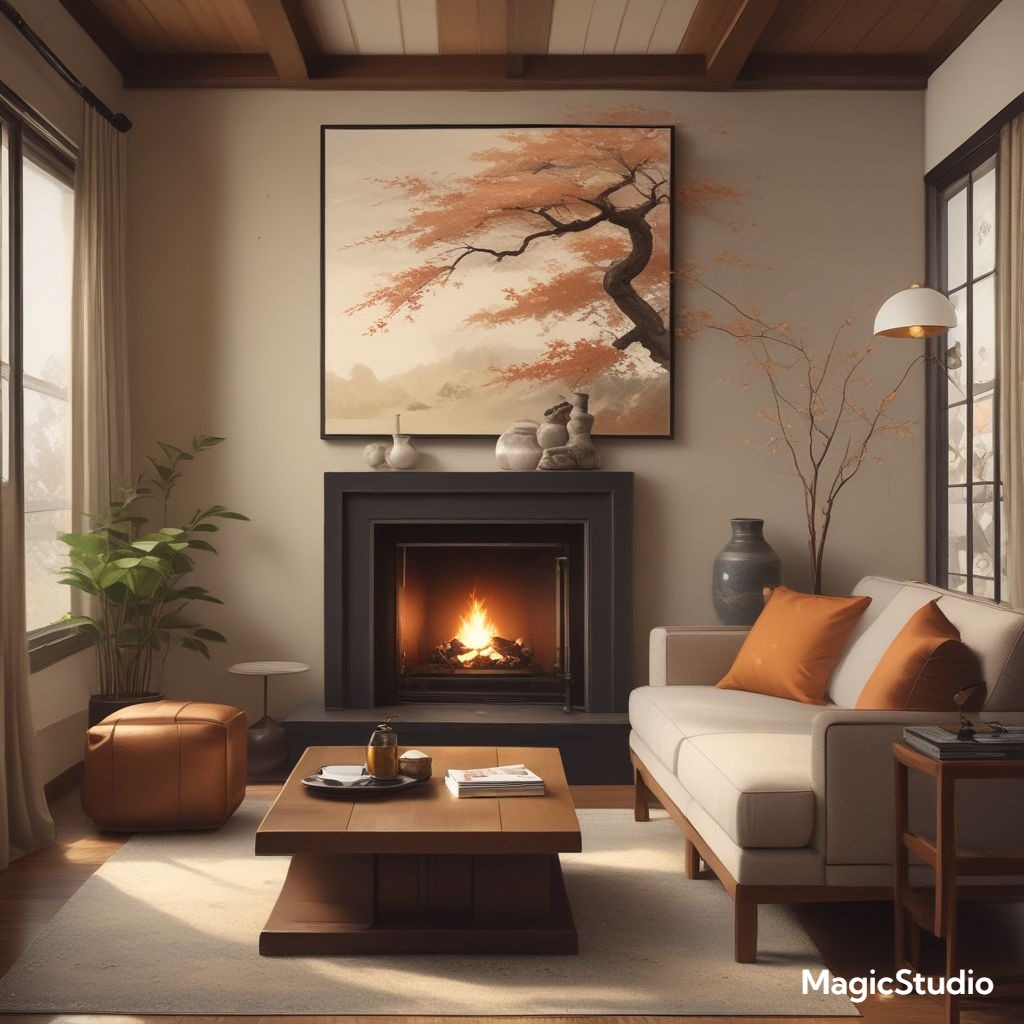
Japanese Artwork
Enhance the ambiance of your living room with traditional Japanese artwork, such as woodblock prints, calligraphy scrolls, or nature-inspired paintings. These pieces bring a touch of history, culture, and beauty to the space. Choose artwork that reflects your personal taste and complements the overall design scheme. These types of artwork are becoming increasingly popular in both US and EU homes, showcasing a growing appreciation for cultural diversity in design.
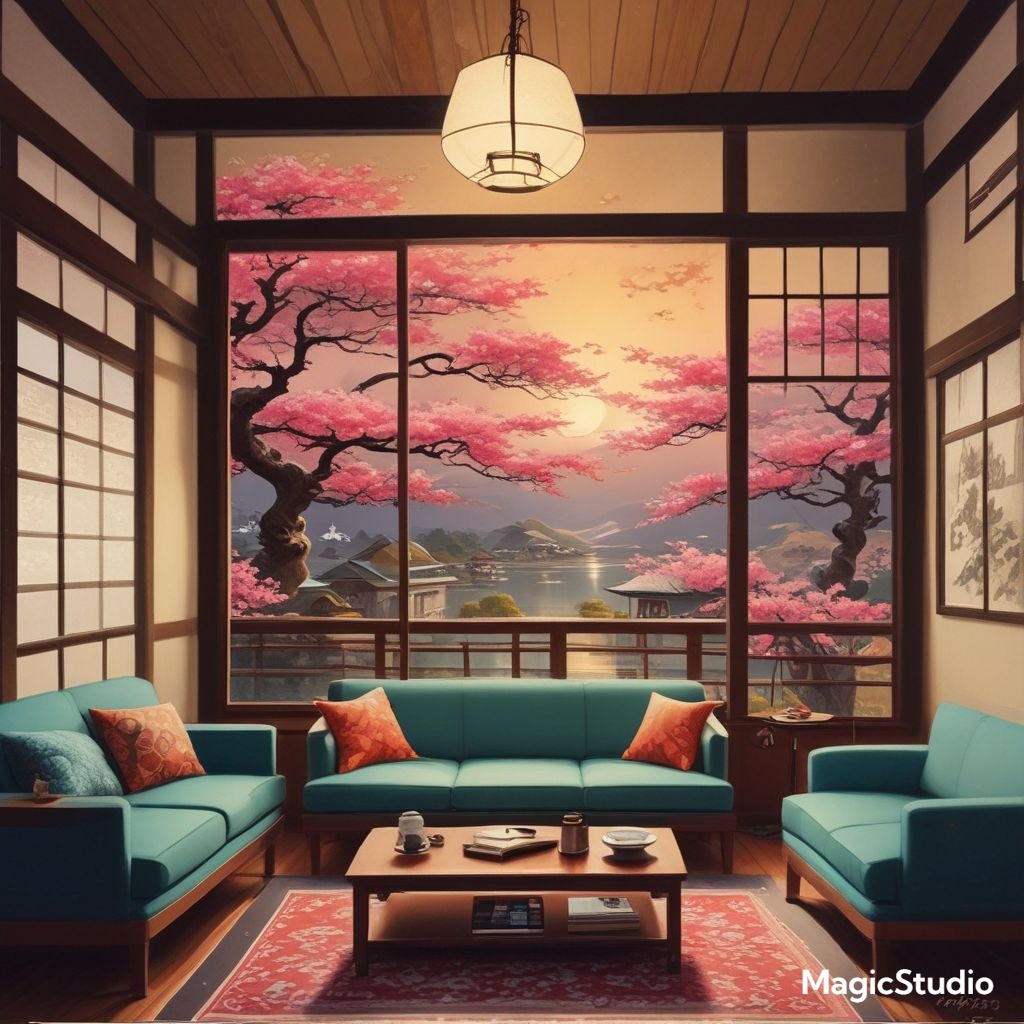
Hanging Lanterns
Hanging lanterns, a staple of Japanese interior design, create a warm and inviting atmosphere. Choose lanterns in various sizes and materials, from traditional paper lanterns to contemporary metal versions. Hang them from the ceiling or place them on a low table for a soft, ambient glow. This design element complements the focus on natural light and adds a touch of authenticity to the Japanese aesthetic.
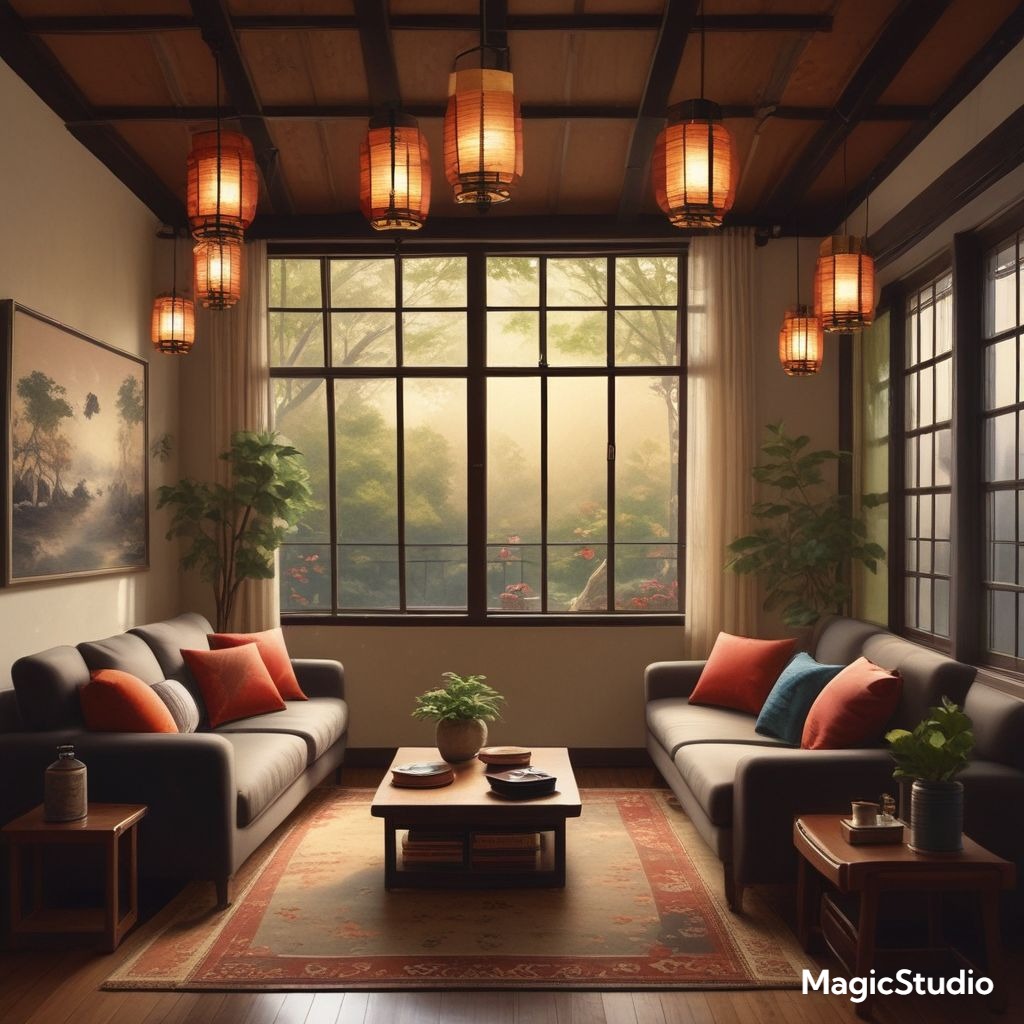
Folding Screens
Folding screens, known as byobu in Japanese, are a versatile and beautiful design element. They can be used to create privacy, add a decorative touch, or define different areas within the living room. Choose screens with intricate designs, traditional motifs, or contemporary patterns. Folding screens add a touch of traditional Japanese design and are becoming increasingly popular in US and EU homes for their versatility and decorative appeal.
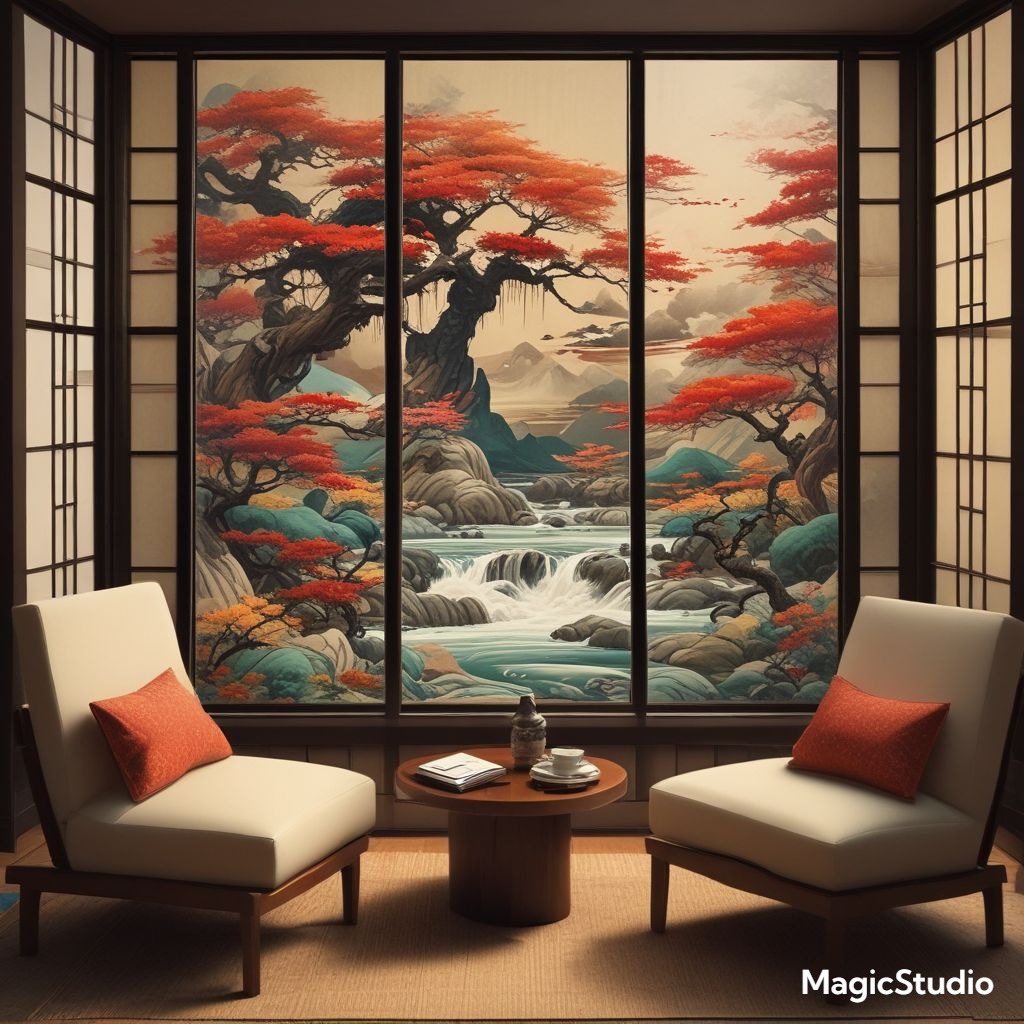
Natural Materials
Embrace the use of natural materials, such as wood, bamboo, stone, and paper, to create a connection with nature. These materials are durable, sustainable, and aesthetically pleasing. Incorporate them into furniture, décor, and even flooring. This focus on natural materials aligns with the growing trend towards sustainable and eco-conscious design in the US and EU.
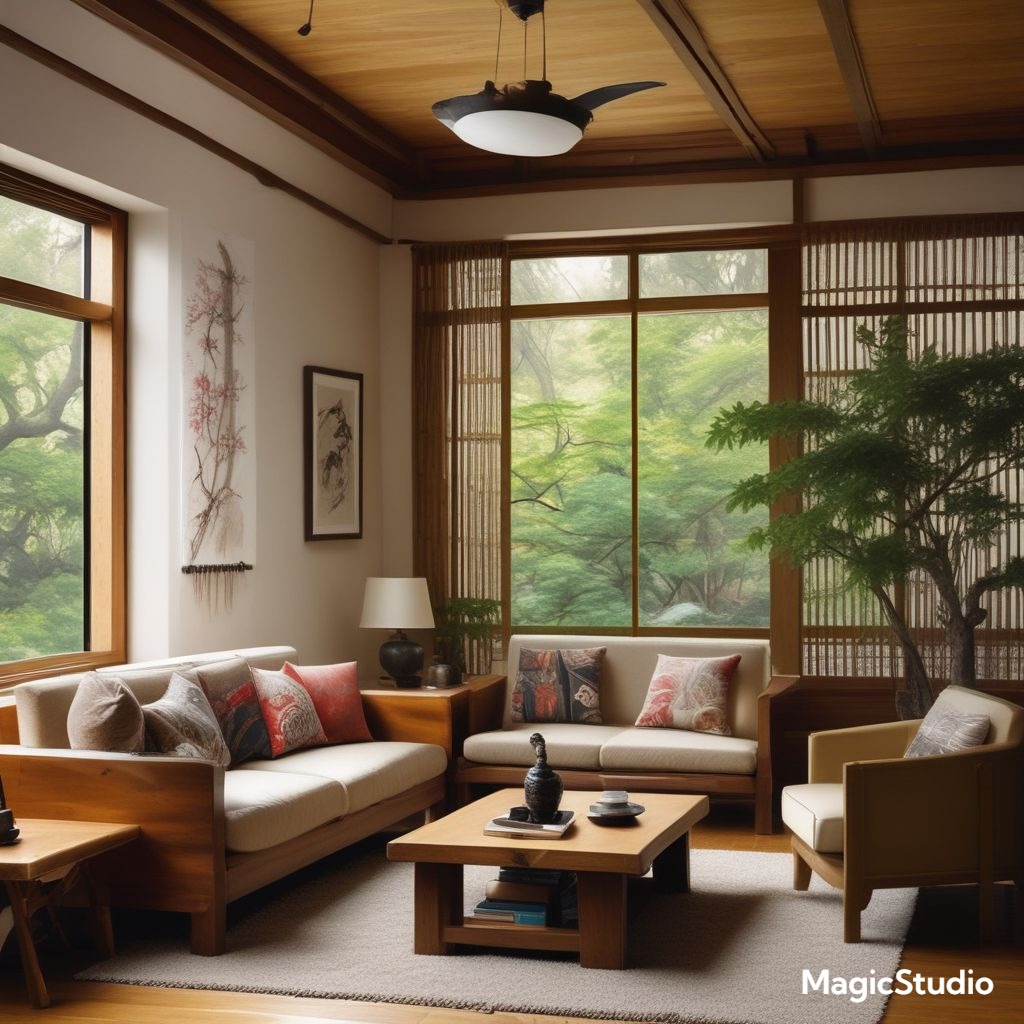
Wabi-Sabi Aesthetics
Explore the concept of wabi-sabi, a Japanese philosophy that emphasizes finding beauty in imperfection and transience. This aesthetic celebrates the natural aging process and the unique character of handmade objects. Embrace vintage furniture, distressed wood finishes, and handcrafted pottery. This aesthetic aligns with the popular trend of vintage and antique furniture in the US and EU, creating a sense of history and character in the home.
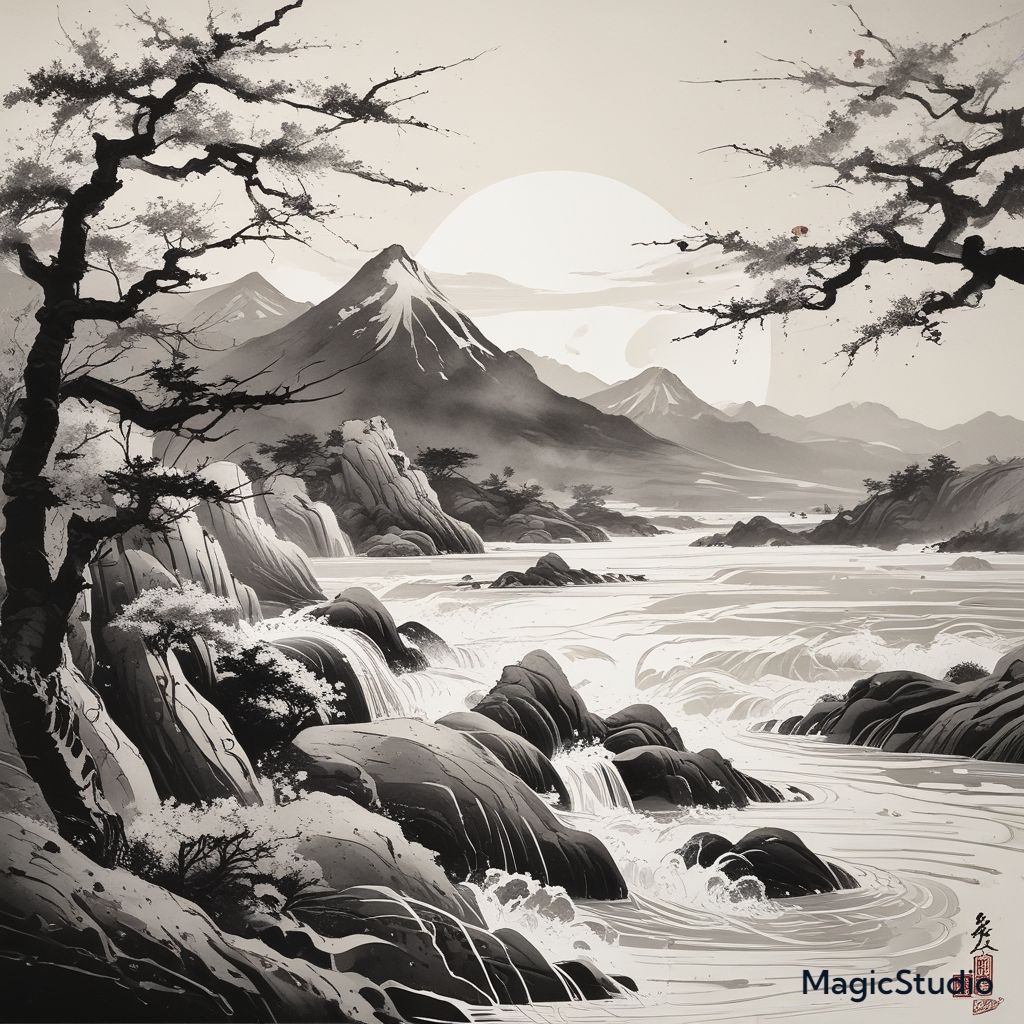
Floor Cushions
Replace traditional sofas with floor cushions for a more authentic Japanese seating experience. These cushions, often made from tatami or cotton, offer a comfortable and relaxed seating option. You can arrange them in a variety of configurations to create different seating arrangements. Floor cushions are gaining popularity in US and EU homes for their comfort, versatility, and minimalist aesthetic.
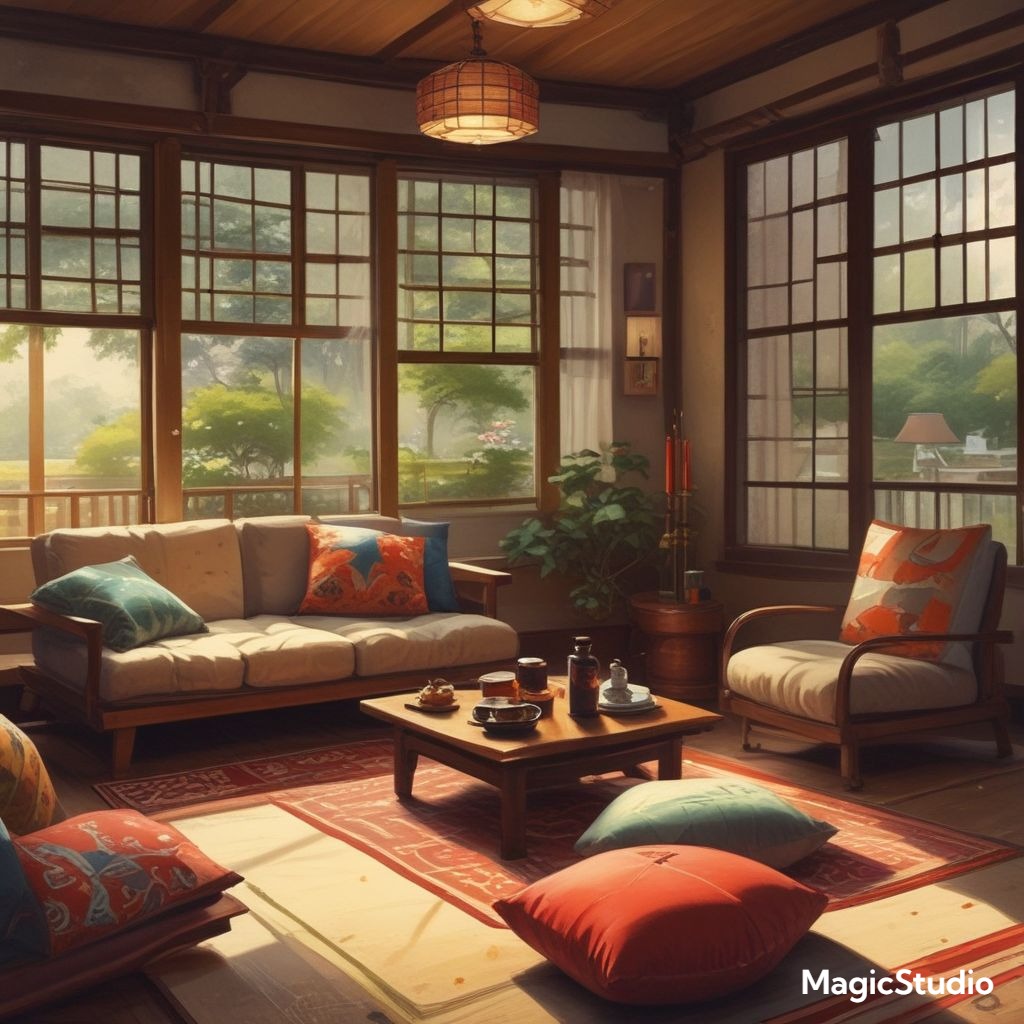
Tea Ceremony Inspiration
Draw inspiration from the Japanese tea ceremony, known for its elegance and simplicity. Incorporate elements like a low table, a teapot, and delicate teacups. Use a tea set with traditional Japanese designs or choose modern interpretations. This aesthetic brings a touch of sophistication and tranquility to the living room, reflecting the growing trend towards mindful living and appreciation for tradition.
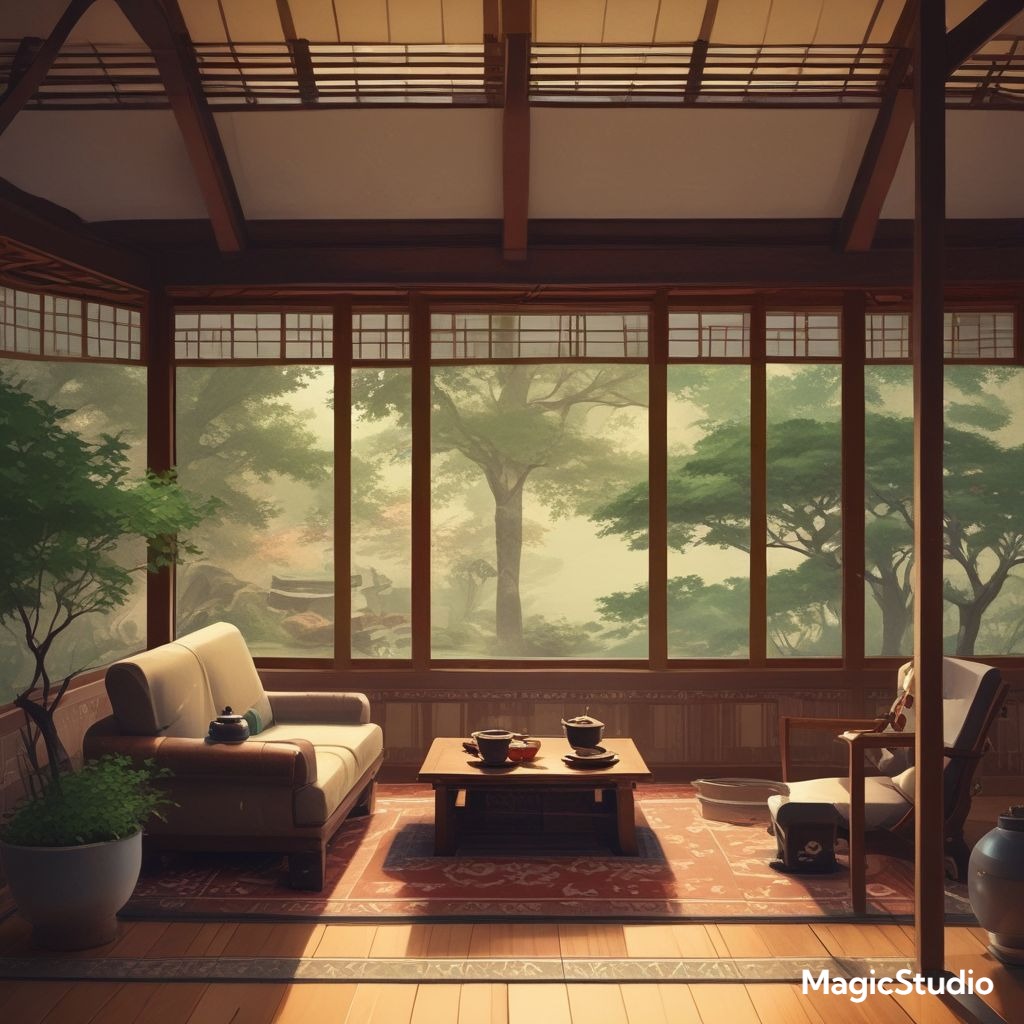
Bonsai Trees
Bonsai trees, miniature trees grown in containers, are a popular element in Japanese design. They add a touch of nature and create a sense of peace and tranquility. Choose bonsai trees that complement the overall design scheme and add visual interest. Bonsai trees are becoming increasingly popular in both US and EU homes for their beauty, low maintenance, and ability to bring the outdoors in.
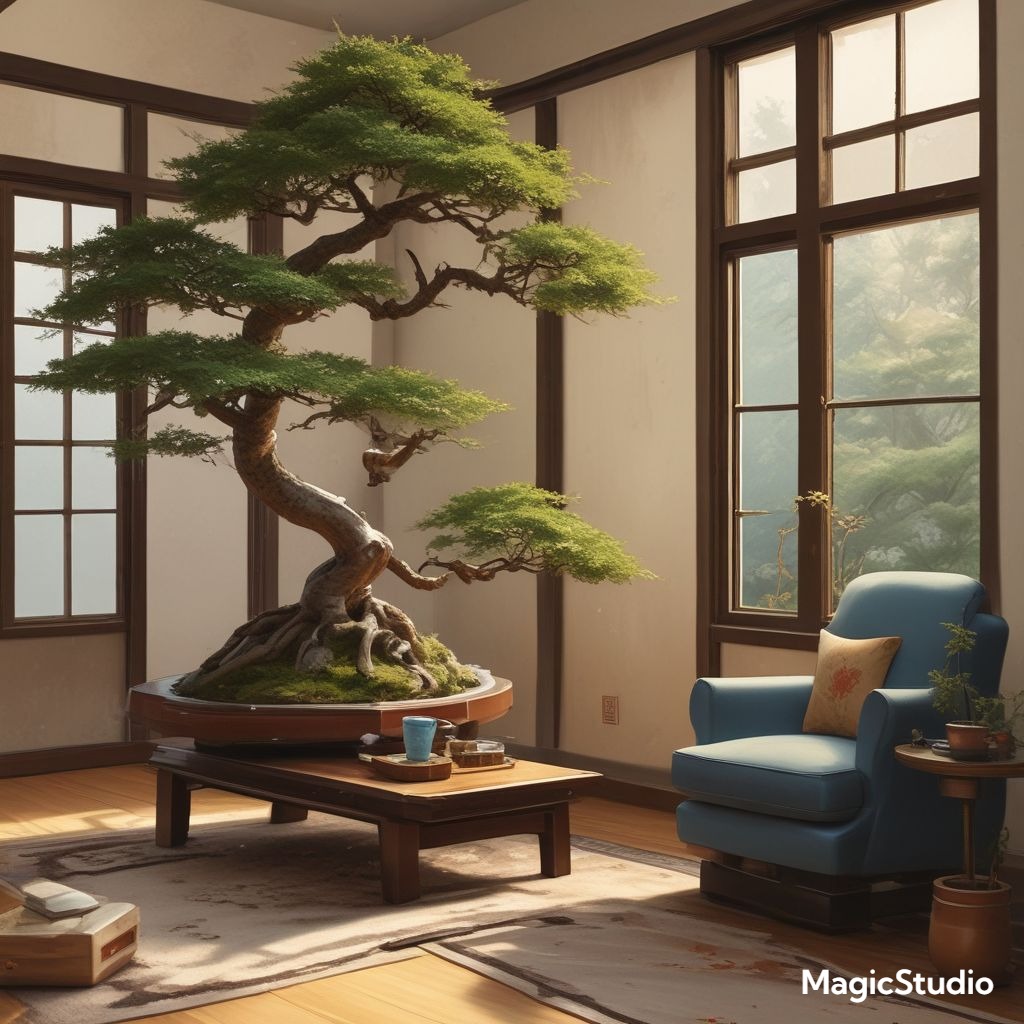
Silk and Fabric
Incorporate silk and other high-quality fabrics into your living room decor. Use silk cushions, throws, or curtains for a touch of luxury and refinement. These fabrics add a sense of elegance and create a visually appealing contrast to the natural textures of bamboo and wood. The use of silk and other luxurious fabrics aligns with the growing trend towards creating a more sophisticated and elegant living space in the US and EU.
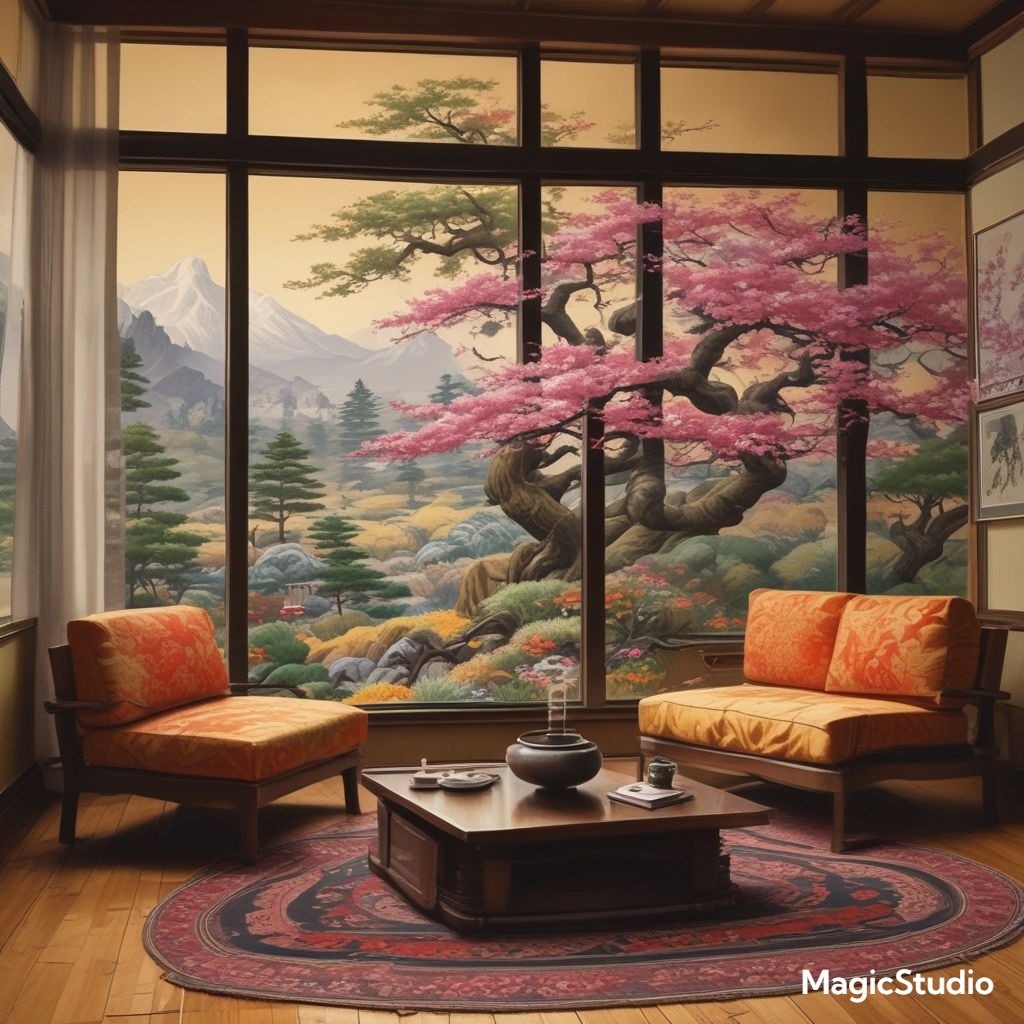
Calligraphy Art
Add a touch of artistic elegance with calligraphy art, a traditional Japanese art form. Calligraphy scrolls featuring beautiful characters or inspiring quotes can be displayed on the wall or placed on a low table. This art form adds a cultural touch and creates a sense of tranquility and mindfulness. Calligraphy art is gaining popularity in the US and EU homes, especially among those interested in Asian art and cultural diversity.
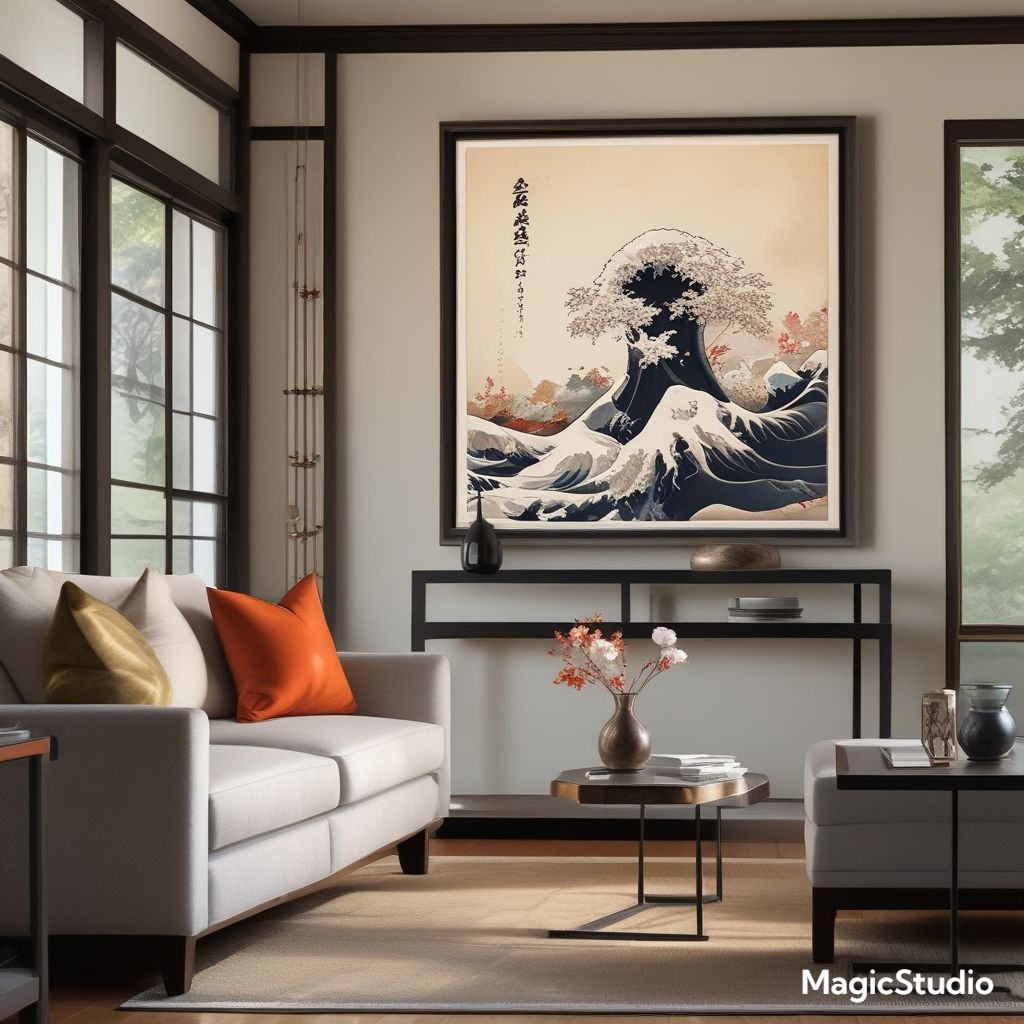
Modern Japanese Influences
Embrace modern Japanese design, characterized by clean lines, minimalist aesthetics, and a focus on functionality. Choose furniture with simple forms, use a limited color palette, and incorporate geometric shapes. Modern Japanese design integrates seamlessly into contemporary homes in the US and EU, offering a sleek and sophisticated aesthetic.
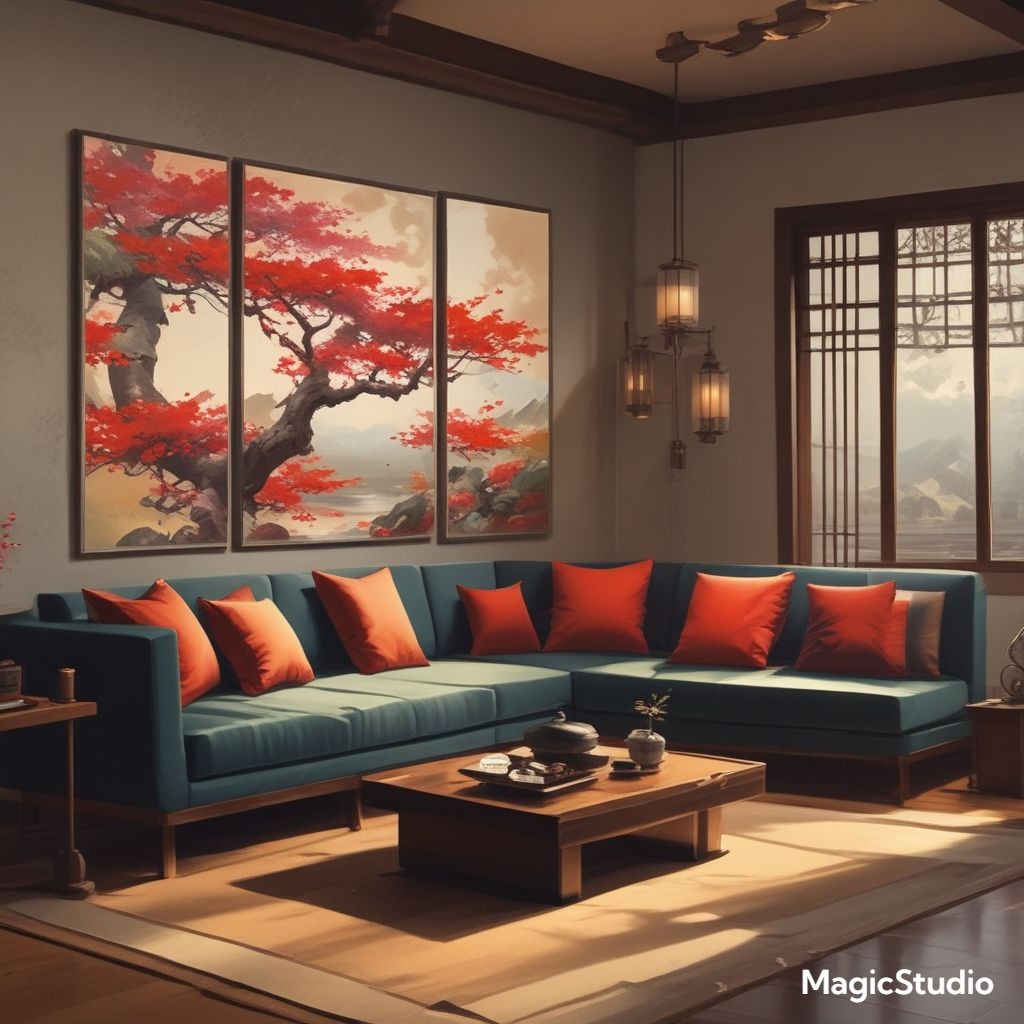
Floral Arrangements
Incorporate traditional Japanese floral arrangements, known as ikebana, to add a touch of artistry and natural beauty. These arrangements emphasize simplicity, asymmetry, and a focus on the natural beauty of plants. Use a vase with a simple design and choose flowers and branches that reflect the seasons. This element of Japanese design aligns with the trend toward using fresh flowers and greenery to create a more natural and welcoming atmosphere in the US and EU homes.
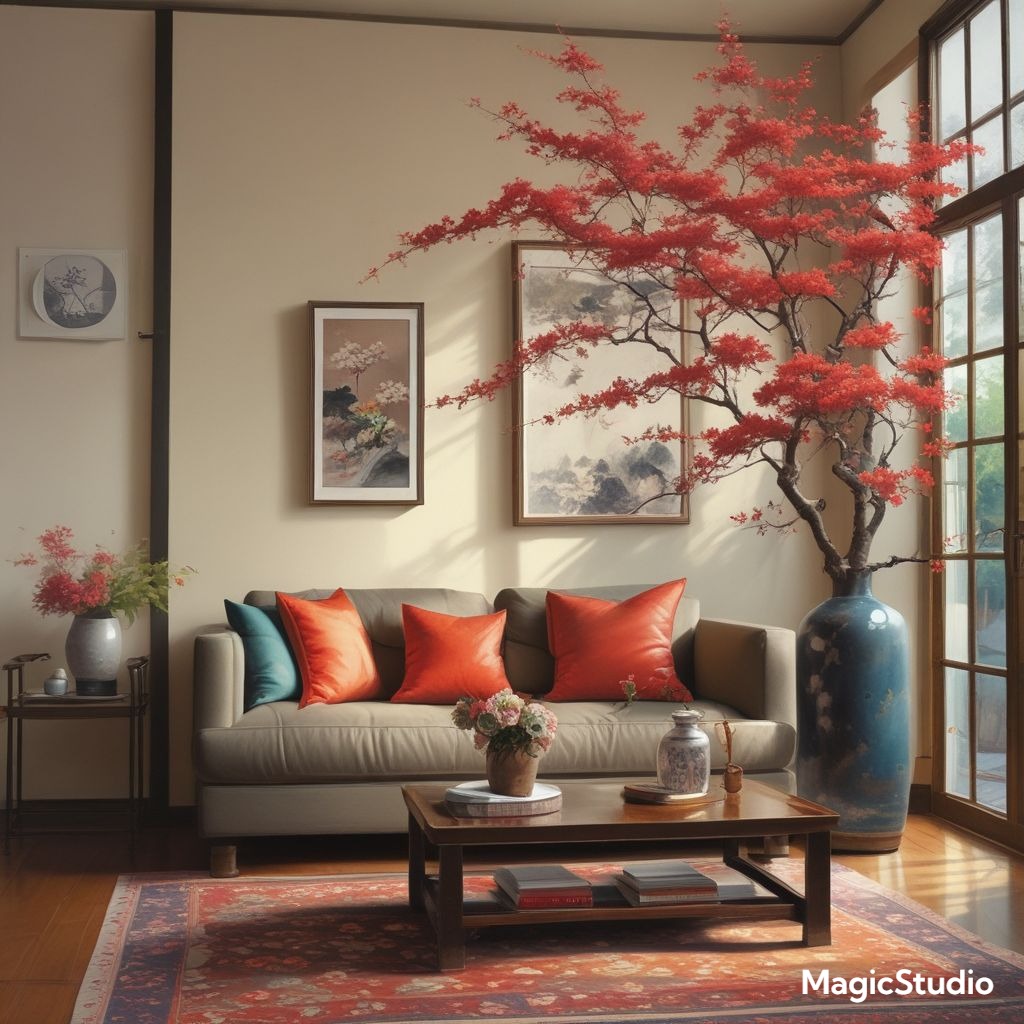
Geometric Patterns
Incorporate geometric patterns into your living room decor. Use rugs, cushions, or artwork featuring traditional Japanese geometric patterns, such as chevrons, triangles, or circles. These patterns add visual interest and create a sense of harmony and balance. Geometric patterns are a popular design element in both US and EU homes, adding a contemporary and modern touch to the space.
